OLED TV vs 8K TV: which premium panel tech should you choose?
OLED or 8K? We compare the two most sought-after TV features
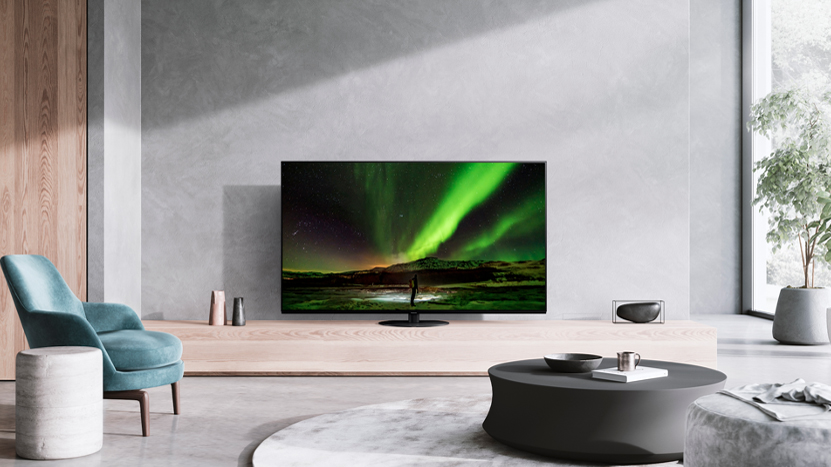
Buying a new television can be a bewildering experience, but if there’s one big question you’re going to have to answer, it’s this one: OLED or 8K?
Why? You almost certainly can’t afford to have both. You see, TVs are getting larger, slimmer and more detailed. New features appear every year – some gain traction and others soon disappear (remember 3D TVs?). Yet when you make the decision to buy a new TV you usually can’t have everything, especially if you want to keep the costs down. So what’s it going to be? OLED or 8K?
The OLED vs 8K debate isn’t a straight fight; one is a display technology that gives the best colour and picture quality while the other refers to the latest and greatest resolution. So why can’t you just get an OLED TV that has 8K resolution? Technically speaking, you can, but the cost is prohibitive to most, if not all of us. Practically you’re going to have to make a decision between the two.
So here’s everything you need to know about OLED and 8K to help you make the right buying decision.
- Get the best 4K Blu-ray players for your new TV
OLED vs 8K explained
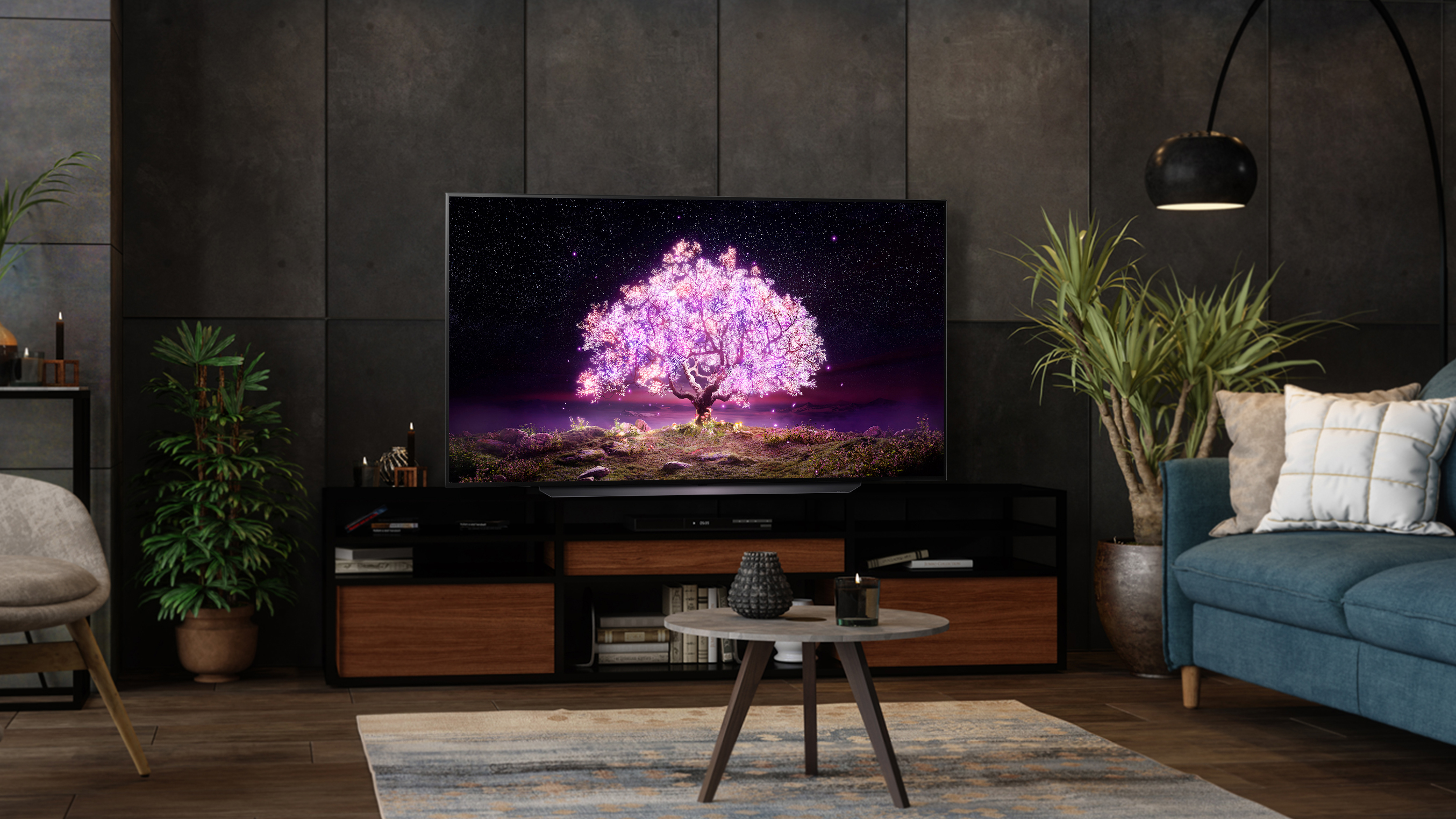
OLED explained
Organic Light-Emitting Diode (OLED) is a display technology that has been around for around a decade and yet only recently matured enough to be used on big-screen TVs. It’s nothing short of the best TV display technology around. If you’re not convinced go read our OLED vs QLED guide for more detail.
It works by using a carbon-based film between two conductors that emits its own light when an electric current is passed through. This means it is ‘self-emissive’, and each pixel is individually controlled, so two pixels next to each other can separately produce deep black and bright white. The resulting contrast ratio is incredibly high. The pixel-level control also means very high refresh rates, so no motion blur.
Get daily insight, inspiration and deals in your inbox
Sign up for breaking news, reviews, opinion, top tech deals, and more.
There are other advantages; the lack of a backlight to provide illumination – as found on LED TVs — also means a super-slim design is possible. Put simply, if you want the very best picture and the best-looking TV, it has to be OLED.
- Read more: What is OLED?
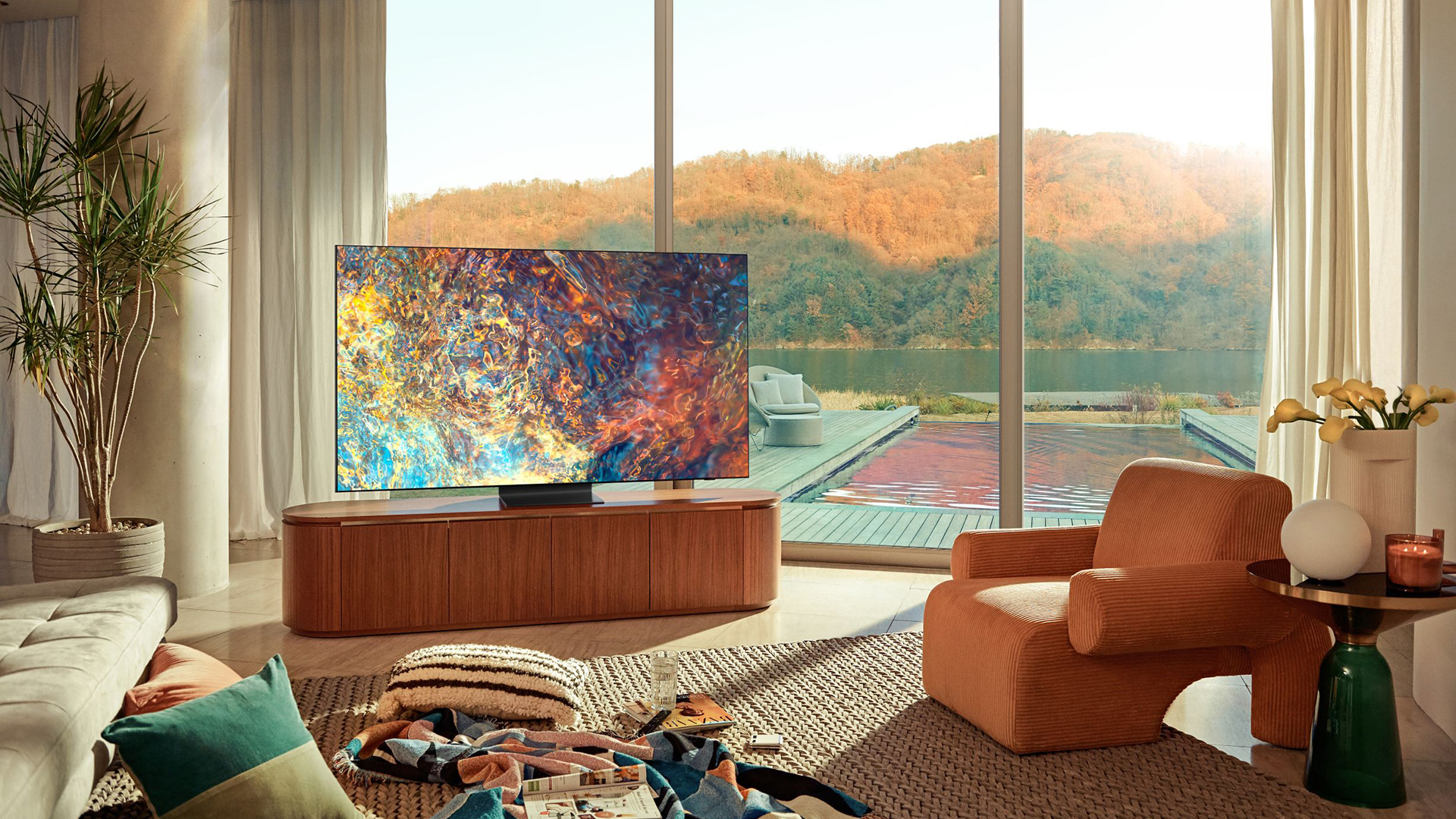
8K explained
It’s the sharpest resolution available on a TV, but its name suggests it’s twice as sharp as a 4K TV. That’s not actually true. In fact, it’s a whole magnitude sharper.
It can help to think about TV resolution in megapixels. Most TVs on sale now boast a 4K resolution of 3,840 x 2,160 pixels, which equates to an 8-megapixel image. However, an 8K TV has a resolution of 7,680 x 4,320 pixels, which creates a whopping 33-megapixel image. That’s a massive four times sharper than a 4K TV and a colossal 16 times sharper than the TV you probably own now.
If you want the sharpest possible images, 8K TVs cannot be ignored.
- Read more: What is 8K?
OLED vs 8K: the case for organic LED
Pros:
Lighter and thinner (2.57mm)
Self-emissive pixels
More convincing blacks
Faster refresh rate (0.001ms)
Judder and blur-free
Cons:
Minimum 48-inch screen size
Muted brightness (up to 1,000nits)
Expensive
Susceptible to image retention
Once you’ve seen a movie on an OLED TV, it’s really hard to go back. We’re talking vivid, true-to-life colours, excellent contrast and brightness control, with deep blacks to die for, camera pans that don’t judder, and high-octane action scenes that look incredibly fluid (with some variation depending on the processor used). On the whole, you get a picture that looks more realistic amid an exceptionally cinematic image. OLED TVs can appear a little dimmer than LED or QLED TVs, though new light sensors are improving how OLEDs perform in bright environments.
Another reason for investing in an OLED TV is that the quality is pretty uniform, largely because only LG manufactures OLED panels. Despite that, they are used by third-party brands including Sony, Panasonic and Philips, which tend to make some the best OLED TVs, though Xiaomi, Vizio and Sharp have also embraced OLED technology lately.
However, you do pay for the privilege – OLED tech is only found on high-end TVs – but it is becoming more affordable, not least because it’s becoming available on smaller TVs. For example, the LG CX OLED and 2019 Sony A9G include a new 48-inch size, which ought to make the tech more accessible. Smaller OLED TV sizes can be expected in the future.
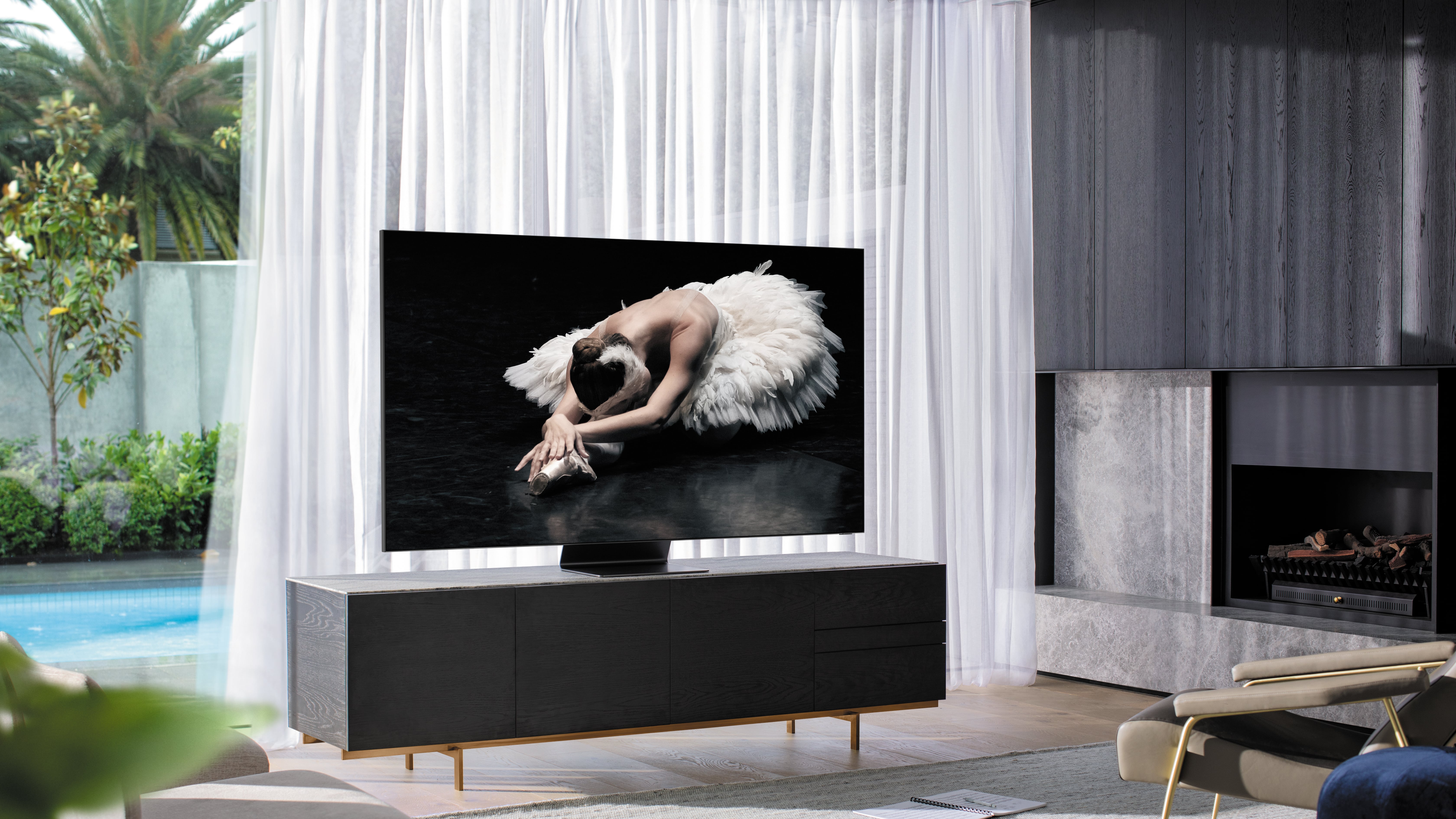
OLED vs 8K: the case for 8K resolution
Pros:
More detail
4x pixel density of a 4K TV
33-megapixel images
Upscale 4K to 8K
‘True’ home cinema
Cons:
Very little native 8K content
Requires large TV for detail to be noticeable
Wildly expensive
With 4K TVs still bedding in, it seems odd for the TV makers to be investing in next-gen 8K resolution. However, having four times the number of pixels of 4K TVs has quickly become seen as the flagship technology in some TV makers’ line-ups.
It’s been enabled by an advance in the processing power behind 4K-to-8K upscaling and AI picture processing. That’s crucial because there’s virtually no 8K source material in existence, and certainly none streamed by Netflix and Amazon – but HD or 4K images can still be made to look 8K, while support for HDMI 2.1 has enabled 8K passthrough from games consoles.
The main advantage of having an ultra-sharp video resolution is that you can sit closer to an 8K TV than to a 4K TV without seeing the pixel grid, though mainly an 8K TV is for those looking to future-proof their TV setups.
There is the odd 8K OLED, but most 8K TVs use LCD technology, with LG’s Nano97 and Nano99 8K TVs challenging Samsung, which is the top brand in 8K TVs at the moment. Its current 8K TVs comprise the Q950TS, Q900TS and Q800TS QLED TVs.
OLED vs 8K: can you get them together?
OLED and 8K are not rival technologies, but they do compete for your wallet. That said, there are some TVs that combine both an OLED display and 8K resolution. The pickings are slim (in more ways than one) and expensive; look at the best 8K TVs and you’ll find only the LG Signature ZX Series.
The ZX is found in a 77-inch (US$30,100 / UK£24,999 / AU$51,000) and 88-inch (US$50,000 / UK£39,999 / AU$82,000) size. It’s a follow-up to the first OLED 8K TV in 2019, the LG Z9 OLED 8K TV, and is set to get an LG Z1 successor later this year.
There’s also the 88-inch Beovision Harmony, an LG and B&O collaboration with a price estimated at $49,000 / £44,100 (around AU$74,000).
Suffice to say, very few shoppers out there will be able to opt for a TV that combines both of these technologies.
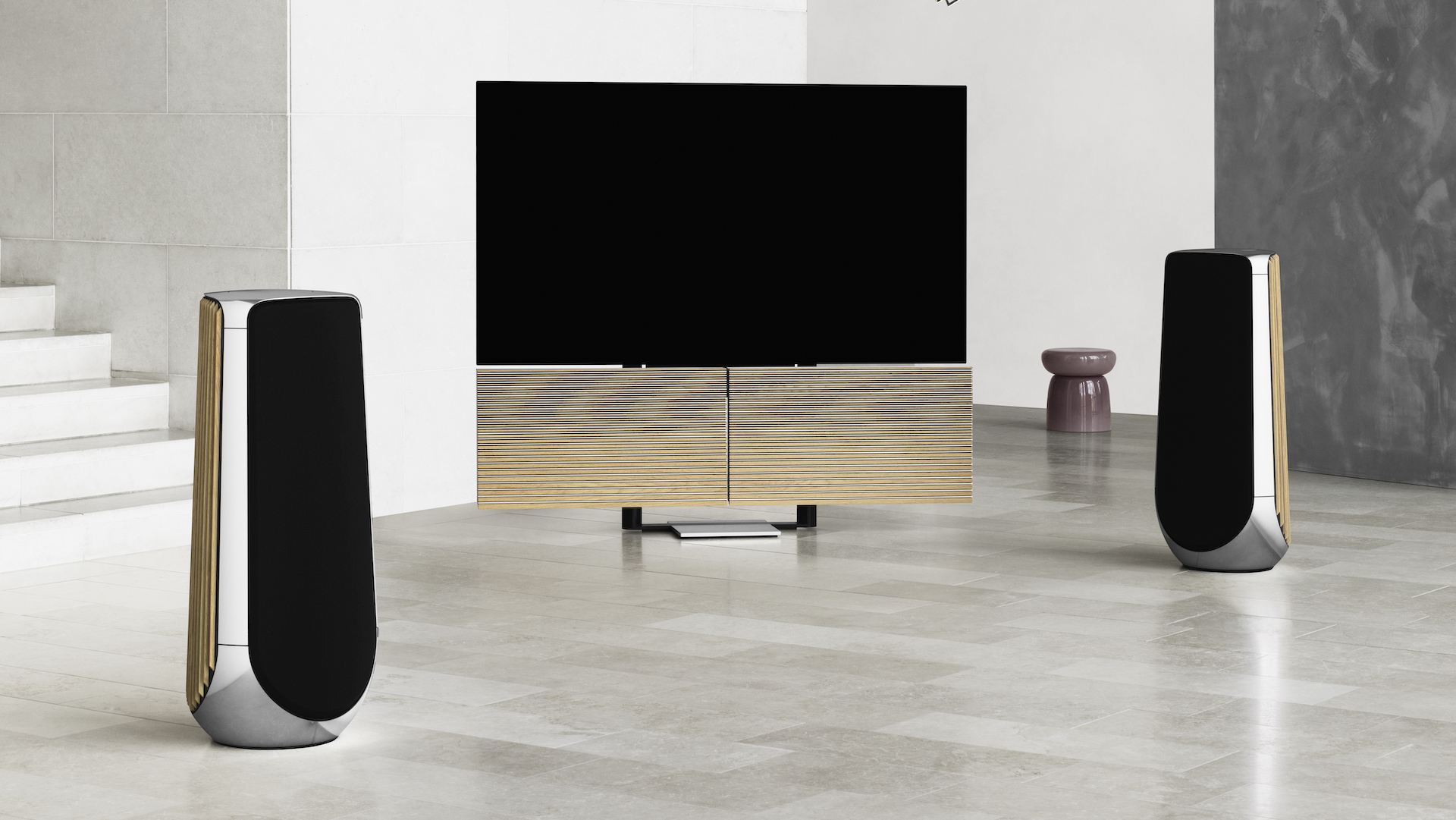
The future of OLED and 8K technologies
OLED TV technology is more mature than 8K TV technology. The former has been gradually growing, becoming more adept, and has recently become available in a lot more sizes. OLED TVs appear to be on the cusp of something really big. Now firmly established as the step-up TV tech of choice for the discerning viewer, OLED looks likely to break into mainstream living rooms within a few years, though with only one manufacturer it’s taking time for OLED to become affordable.
8K technology is far less mature. Its audience, for now, is exclusively early adopters with money to burn. After all, there’s very little source material available in 8K, though 4K-to-8K upscaling, video quality, and AI picture processing are all coming along splendidly. Still, it’s inevitable that 8K TVs launching in a few years will be much more accomplished and natively 8K video will emerge.
OLED TV vs 8K TV: which should you buy?
You don’t need an 8K TV. It’s still very early days for 8K resolution and the only reason to invest now is to be in the first wave of early adopters. If that’s your thing, go for it, but a 4K TV will also hugely impress you. Though it’s definitely a spoil-yourself purchase, an OLED TV is a more real-world purchase.
A 4K OLED TV is arguably the current sweet-spot for anyone after the best picture quality, but 8K TVs may become harder to avoid. Are OLED and 8K TVs on a collision course? Certainly they are, and there’s only going to be one winner – us.
- Check out the best 8K TVs, and the best OLED TVs too
Jamie is a freelance tech, travel and space journalist based in the UK. He’s been writing regularly for Techradar since it was launched in 2008 and also writes regularly for Forbes, The Telegraph, the South China Morning Post, Sky & Telescope and the Sky At Night magazine as well as other Future titles T3, Digital Camera World, All About Space and Space.com. He also edits two of his own websites, TravGear.com and WhenIsTheNextEclipse.com that reflect his obsession with travel gear and solar eclipse travel. He is the author of A Stargazing Program For Beginners (Springer, 2015),
